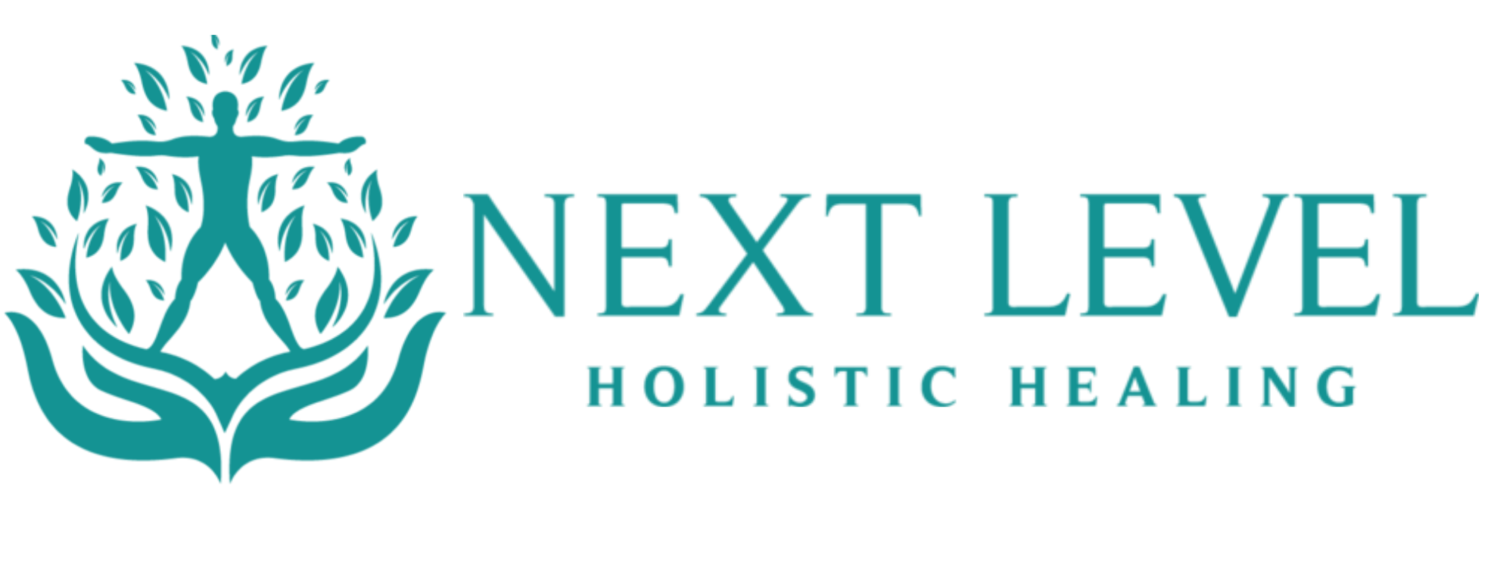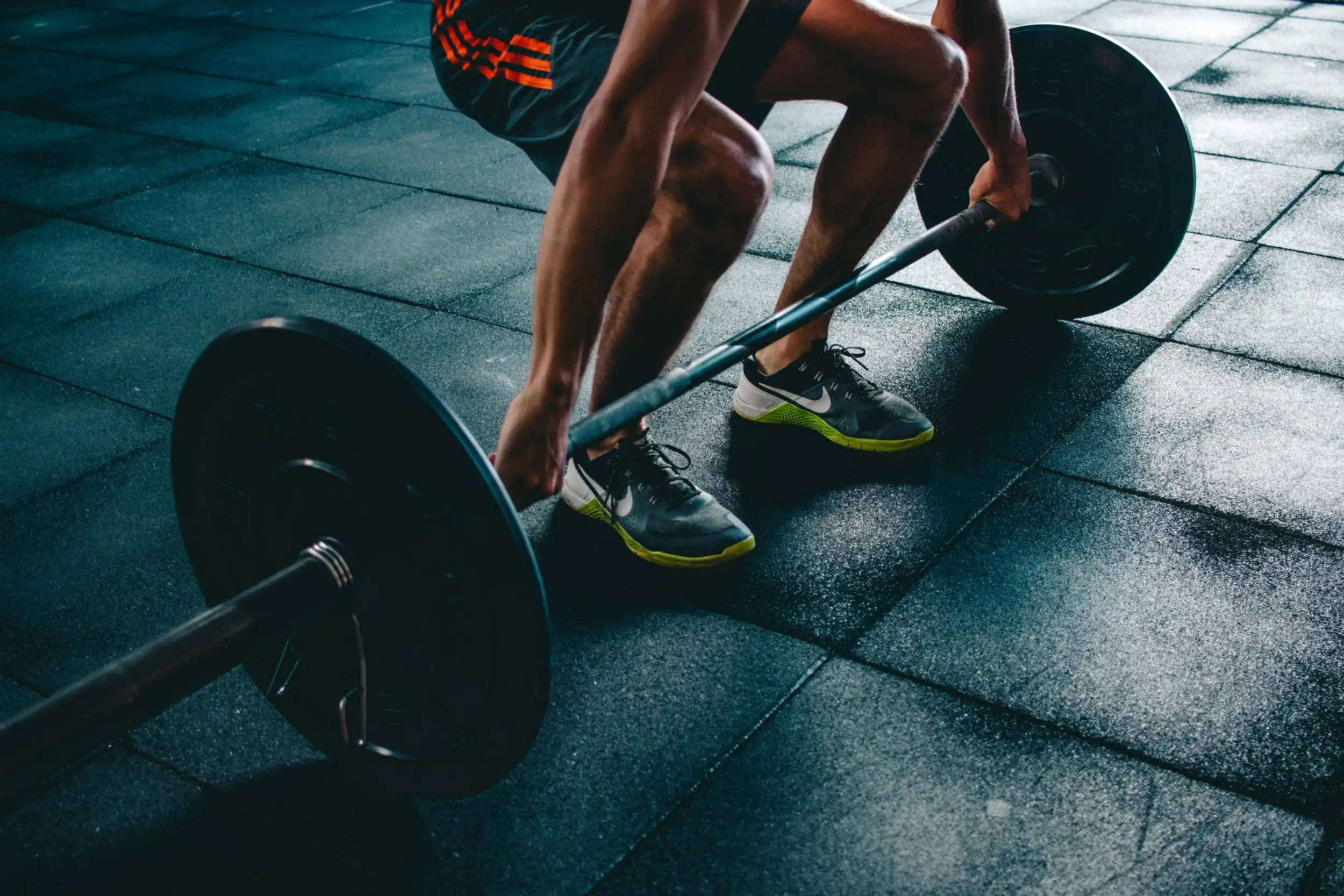Exercise is an essential part of a healthy lifestyle, but some exercises may cause more harm than good. Inappropriate firing patterns, compression, loss of range of motion, and long-term injuries are some of the issues that may arise from performing exercises that do not suit your body type.
So what are the biggest culprits of causing undue injury? We’re so glad you asked! We’re sharing our insider knowledge as well as some alternatives to the top 3 most common exercises that may be causing more harm than good to help you achieve your fitness goals without putting your body at risk.
SQUATS
Squats are a popular exercise that targets the glutes, quads, and hamstrings. However, the traditional way of performing squats may not be the best for everyone. Squats are hip-dominant movements, which means that the primary movers are the adductors and the glutes, while the secondary movers are the quads. The stabilizers, which are responsible for holding the balance and keeping the joints stable, are hip and spine dominant.
Performing squats incorrectly can cause an imbalance in your structural alignment, leading to poor body mechanics, poor range of motion, and a higher risk of injury. This is because the quads are not the primary movers in a squat, and overworking them can lead to low back compression.
Instead of performing squats, consider doing standing leg presses. This exercise targets the quads and glutes without causing hip dominance or low back compression.
BENCH PRESS
Bench press is an exercise that is commonly performed to strengthen the chest muscles. However, the traditional way of performing bench press may be causing more harm than good. The primary movers in a bench press should be the pec major and triceps, but this is not always the case.
During a bench press, there is a lot of added tension on the deltoids and the pec minor, causing these muscles to become primary movers instead of secondary movers or stabilizers. This compensation triggers the traps and neck to kick in, leading to shoulder impingements and increased tension along the traps and neck.
Instead of performing a traditional bench press, try substituting some of the weight with resistance bands. This will help to isolate the chest muscles, reducing the risk of shoulder impingements and tension on the traps and neck.
DEADLIFT
Deadlifts are another popular exercise that targets the glutes, hamstrings, and low back. However, deadlifts are hip-dominant movements that create compression in the low back and erectors along the spine. The primary movers in a deadlift are the adductors, glutes (especially glute medius and maximus), and erectors. The secondary movers are the hamstrings, erectors, and multifidus, while the stabilizers are the glute min, TFL, and core abdominal muscles.
Performing deadlifts incorrectly can cause hip and low back compression, leading to long-term injuries. This is because there is no muscle activity to counter the compression, which would usually come from the quads.
Instead of performing traditional deadlifts, consider using a kettlebell weight. This exercise allows for more natural movement patterns and targets the quads during a hip hinge movement, reducing the risk of hip and low back compression.
Exercise is an essential part of a healthy lifestyle, but it’s crucial to perform the right exercises that suit your body type. The traditional way of performing squats, bench press, and deadlifts may not be the best for everyone and can cause more harm than good.
Instead, consider the alternative exercises suggested above to help you achieve your fitness goals without putting your body at risk. Remember to always listen to your body and consult with a fitness professional if you are unsure of how to perform an exercise correctly.

